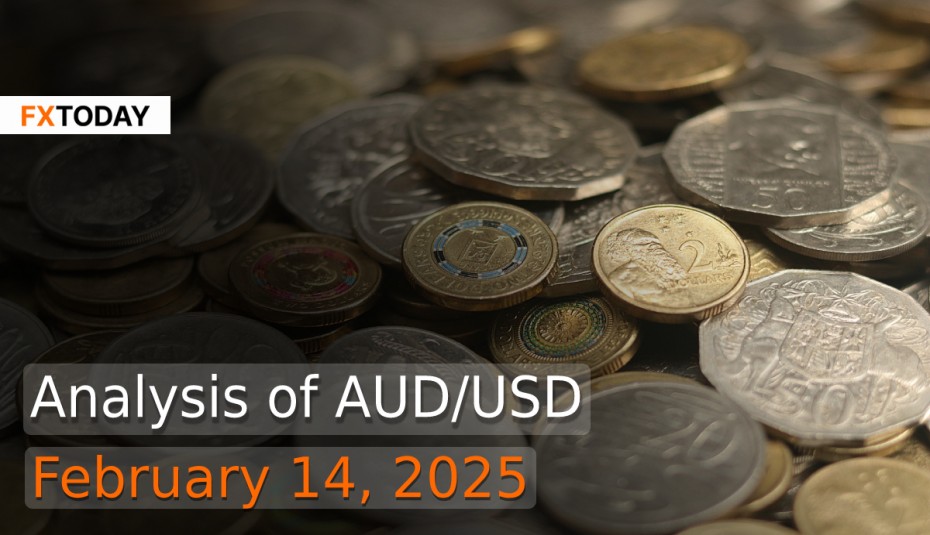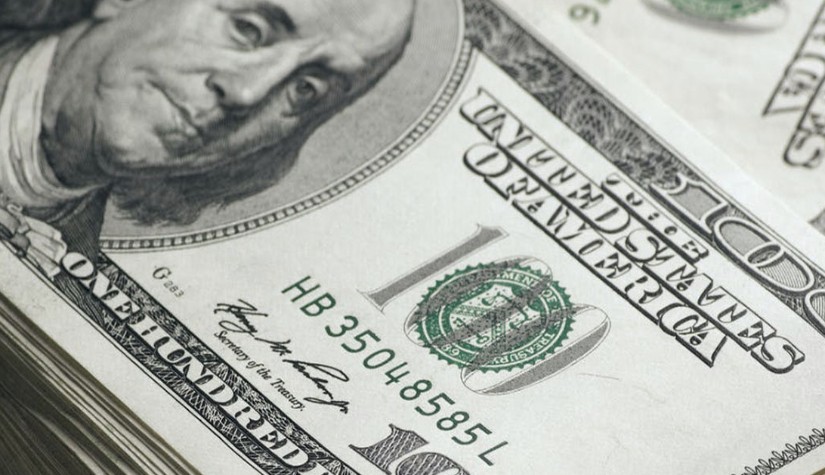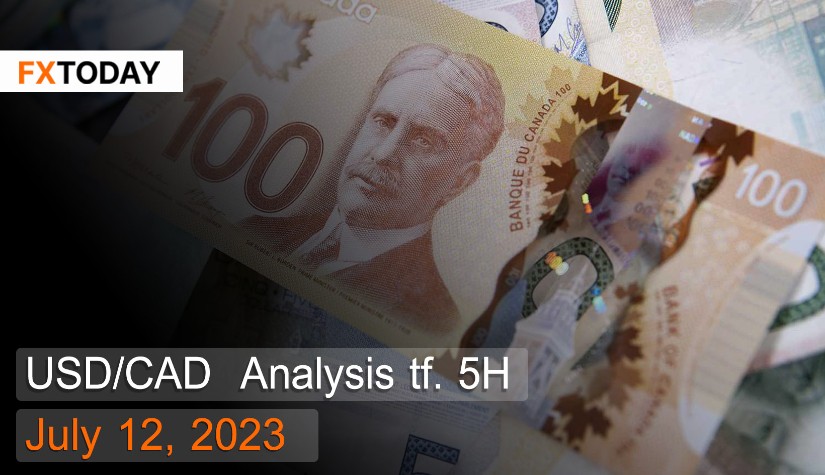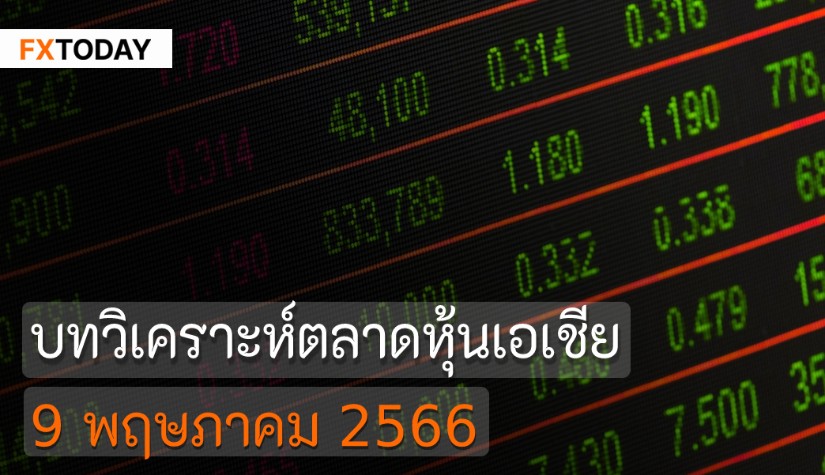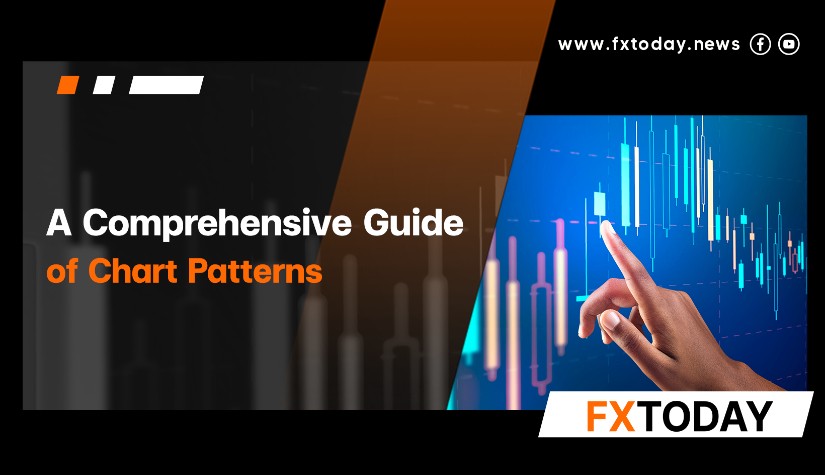RBA Rate Cut Expected as Inflation Cools, AUD Under Pressure
Australia’s easing inflation, now at 2.4% and within the RBA’s 2-3% target, has prompted expectations of a 25-basis-point rate cut to 4.10% on February 18—the first in over four years. A Reuters poll found over 90% of economists anticipating the move, with market futures reflecting a near-80% probability. Previously expected in the April-June quarter, the timing of the cut has been pulled forward as inflation cools.
While slowing economic growth supports rate cuts, strong labor market conditions and persistent wage inflation reduce the urgency for aggressive easing. The housing market also remains robust, lessening the need for additional stimulus. Major banks (ANZ, CBA, NAB, Westpac) project total rate cuts of 50-100 basis points this year, with a second 25-basis-point cut likely by mid-year. Median forecasts suggest the cash rate will drop to 3.60% by September, followed by a pause until 2026.
Despite expectations of lower rates, Australian consumer confidence remains weak. The Westpac-Melbourne Institute’s February survey showed a mere 0.1% rise from January, with pessimists still outnumbering optimists. While 36% of respondents expect mortgage rates to decline over the next year, 28% anticipate an increase.
Australia’s trade surplus narrowed sharply in December, falling to A$5.09 billion from A$6.56 billion in November, missing market forecasts. Export growth slowed to 1.1%, dragged down by weaker demand from China, which continues to grapple with U.S. tariffs, weak domestic sentiment, and a struggling property sector. Meanwhile, imports surged 5.9% due to rising demand for consumer and capital goods, particularly in textiles, clothing, and machinery.
The U.S. dollar weakened on Thursday as elements of the January producer price report suggested inflation may be easing, though headline figures exceeded expectations. Earlier in the week, CPI data came in stronger than anticipated, leading traders to scale back expectations for Federal Reserve rate cuts. Futures markets now price in 33 basis points of cuts by December, up from 29 before the PPI release but below the 37 basis points forecast before the CPI report.
Geopolitical factors also influenced dollar sentiment. Hopes for a Ukraine-Russia resolution rose after Trump engaged in talks with Putin and Zelenskiy, with reports suggesting a possible meeting in Saudi Arabia or China. Meanwhile, Trump’s comments on reciprocal tariffs briefly strengthened the dollar before the White House clarified that immediate action was unlikely.
The Fed remains cautious, maintaining a restrictive stance until inflation shows clearer signs of cooling. Powell reiterated that quantitative tightening (QT) will continue, with some banks now forecasting it to extend beyond mid-2025. While jobless claims data indicate a stable labor market, analysts warn that tariffs and immigration restrictions could drive inflation higher, complicating future Fed policy.
As a result, the AUD/USD trend is likely to be bearish to neutral in the short term as the Reserve Bank of Australia's (RBA) expected rate cut on February 18 weakens the currency’s yield appeal. However, downside risks may be limited as the U.S. dollar faces its own challenges, including easing inflation signals, shifting Fed rate cut expectations, and geopolitical uncertainties. If the Fed maintains a restrictive stance while the RBA continues cutting, AUD/USD could remain under pressure. Over the medium term, if RBA rate cuts extend to 3.60% by September while the Fed stays cautious, the pair may see further weakness. However, any dovish shift from the Fed—such as an earlier-than-expected pause in quantitative tightening—could provide support for the Aussie dollar, leading to a more neutral or slightly bullish outlook later in the year.
Data for Technical Analysis (1H) CFD AUD/USD
Resistance : 0.6324, 0.6327, 0.6331
Support : 0.6316, 0.6313, 0.6309
1H Outlook
Source: TradingView
Buy/Long 1 If the support at the price range 0.6308 - 0.6316 is touched, but the support at 0.6316 cannot be broken, the TP may be set around 0.6326 and the SL around 0.6304, or up to the risk appetite.
Buy/Long 2 If the resistance can be broken at the price range of 0.6324 - 0.6332, TP may be set around 0.6337 and SL around 0.6312, or up to the risk appetite.
Sell/Short 1 If the resistance at the price range 0.6324 - 0.6332 is touched, but the resistance at 0.6324 cannot be broken, the TP may be set around 0.6315 and the SL around 0.6336, or up to the risk appetite.
Sell/Short 2 If the support can be broken at the price range of 0.6308 - 0.6316, TP may be set around 0.6301 and SL around 0.6328, or up to the risk appetite.
Pivot Points Feb 14, 2025 02:32AM GMT
|
Name
|
S3
|
S2
|
S1
|
Pivot Points
|
R1
|
R2
|
R3
|
|---|---|---|---|---|---|---|---|
| Classic | 0.6304 | 0.6309 | 0.6315 | 0.632 | 0.6326 | 0.6331 | 0.6337 |
| Fibonacci | 0.6309 | 0.6313 | 0.6316 | 0.632 | 0.6324 | 0.6327 | 0.6331 |
| Camarilla | 0.6319 | 0.632 | 0.6321 | 0.632 | 0.6323 | 0.6324 | 0.6325 |
| Woodie's | 0.6306 | 0.631 | 0.6317 | 0.6321 | 0.6328 | 0.6332 | 0.6339 |
| DeMark's | - | - | 0.6318 | 0.6321 | 0.6329 | - | - |
Sources: Investing 1, Investing 2

